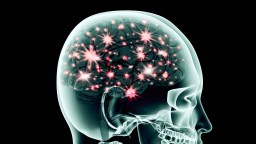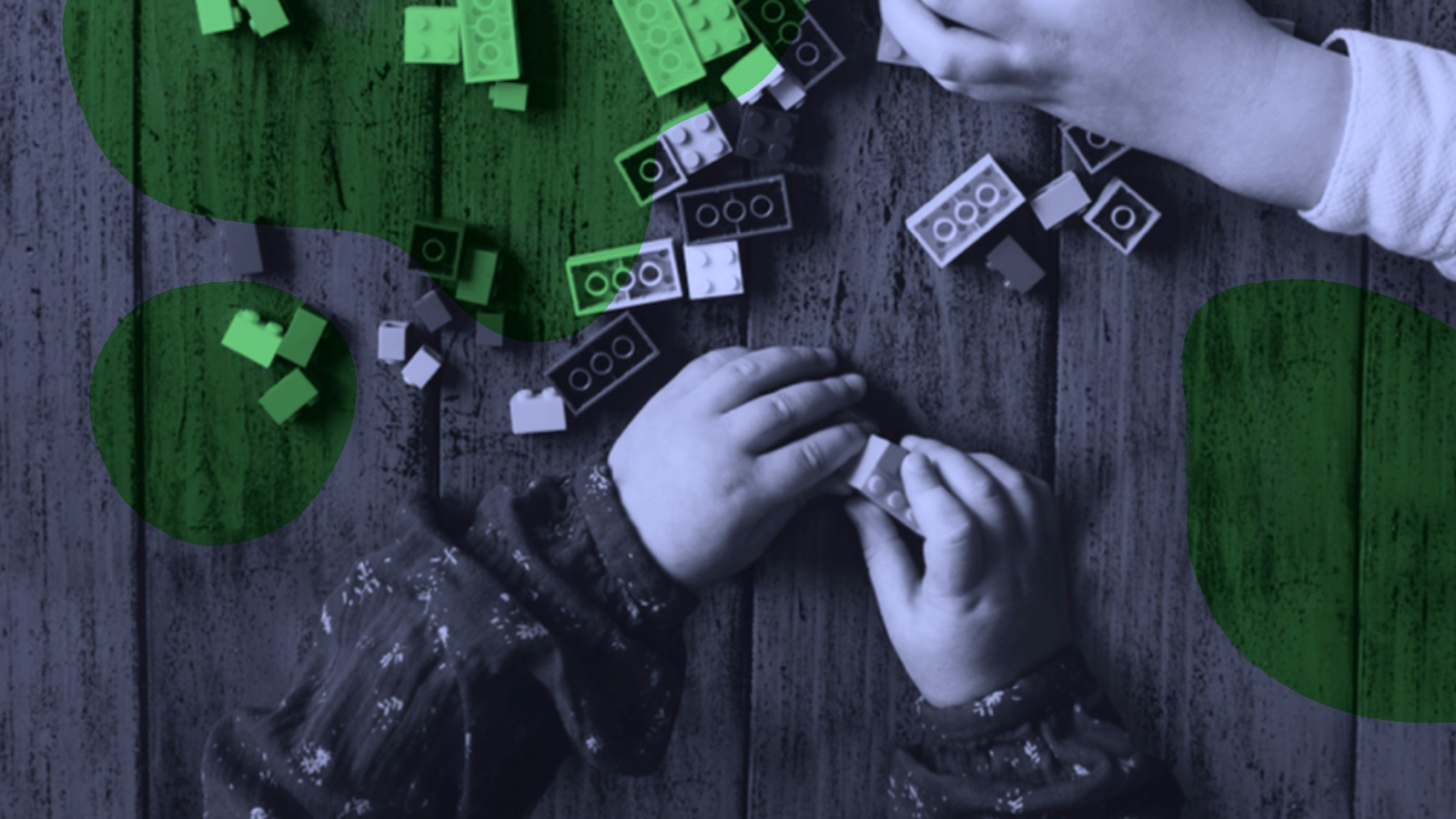The FASTER method for learning anything can keep you ahead of the AI curve

- FASTER — Forget, Act, State, Teach, Enter, Review — is a method for learning things quickly.
- Traditional education has trained many people that learning is a passive experience. But learning is not a spectator sport.
- All learning is state-dependent. Consciously choose states of joy, fascination, and curiosity.
Here is a simple method for learning anything quickly. I call it the FASTER Method, and I want you to use this as you read, starting now.
The acronym FASTER stands for: Forget, Act, State, Teach, Enter, Review. Here’s the breakdown:
F is for Forget
The key to laser focus is to remove or forget that which distracts you. There are three things you want to forget (at least temporarily). The first is what you already know. When learning something new, we tend to assume we understand more than we do about that subject. What we think we know about the topic can stand in the way of our ability to absorb new information. One of the reasons children learn rapidly is because they are empty vessels; they know they don’t know. Some people who claim to have 20 years of experience have one year of experience that they’ve repeated 20 times. To learn beyond your present sense of restraints, I want you to temporarily suspend what you already know or think you know about the topic and approach it with what Zen philosophy calls “a beginner’s mind.” Remember that your mind is like a parachute — it only works when it’s open.
The second thing is to forget what’s not urgent or important. Contrary to popular belief, your brain doesn’t multitask. If you’re not fully present, it will be difficult for you to learn when your focus is split.
And finally, forget about your limitations. These are the preconceived notions you believe about yourself, such as that your memory isn’t good or that you’re a slow learner. Suspend (at least temporarily) what you believe is possible. I know this may sound difficult but keep an open mind to what you can do. Do your best to keep your self-talk positive. Remember this: If you fight for your limitations, you get to keep them. Your capabilities aren’t fixed, and it’s possible to learn anything.
A is for Act
Traditional education has trained many people that learning is a passive experience. You sit quietly in class, you don’t talk to your neighbor, and you consume the information. But learning is not a spectator sport. The human brain does not learn as much by consumption as it does by creation. Knowing that, I want you to ask yourself how you can become more active in your learning. Take notes. Download the Kwik Brain app to test and train your limitless abilities. Go to the resource page at www.LimitlessBook.com/resources for additional free tools. I recommend you highlight key ideas, but don’t become one of those highlight junkies who make every page glow in the dark. If you make everything important, then nothing becomes important. The more active you are, the better, faster, and more you will learn.

S is for State
All learning is state-dependent. Your state is a current snapshot of your emotions. It is highly influenced by your thoughts (psychology) and the physical condition of your body (physiology). Your feelings or lack thereof about a subject in a specific situation affect the learning process and ultimately the results. In fact, when you tie a feeling to information, the information becomes more memorable. To prove this, I’m guessing there’s a song, fragrance, or food that can take you back to your childhood. Information times emotion helps create long-term memories. The opposite is also true. What was the predominant emotional state you felt back in school? When I ask audiences this question, most people in the room shout out, “Boredom!” In all likelihood, you can relate to this.
If your emotional energy at school was low, it’s no wonder you forgot the periodic table. But, when you take control of your state of mind and body, you can shift your experience of learning from boredom to excitement, curiosity, and even fun. To achieve this, you might try shifting the way your body moves in a learning environment or piquing different moods before you sit down to learn. Change your posture or the depth of your breathing. Sit or stand the way you would if you were totally energized and excited for what was coming. Get excited about how you will benefit from what you are about to learn and what you will do with your new knowledge. Remember, all learning is state-dependent. Consciously choose states of joy, fascination, and curiosity.
T is for Teach
If you want to cut your learning curve dramatically, learn with the intention of teaching the information to someone else. Think about it: If you know you have to give a presentation on what you learn, you will approach how you learn the topic with the intention of mastering it well enough to explain it to someone else. You will pay closer attention. Your notes might be more detailed. And you might even ask better questions. When you teach something, you get to learn it twice: once on your own, and then again through educating another person.
Learning isn’t always solo; it can be social. You may enjoy reading a book more if you invite someone else to learn with you. Buy a copy for a friend, or, even better, start a book club that meets weekly so you can discuss its ideas and concepts. You’ll enjoy learning more when you’re making memories with a friend or group of friends. Working with someone else will not only help you stay accountable, but it will give you someone to practice this method with.
E is for Enter
What is the simplest and most powerful personal performance tool? Your calendar. We enter important things on our schedule: work meetings, parent-teacher gatherings, dentist appointments, taking Fluffy to the vet, and so on. Do you know what a lot of people don’t schedule? Their personal growth and development. If it’s not on your calendar, there’s a good chance it’s not getting done. It’s too easy for the day to slip by with you “forgetting” to work out your body and brain.
R is for Review
One of the best ways to reduce the effects of the forgetting curve is to actively recall what you learned with spaced repetition. You are better able to retain information by reviewing in multiple spread-out sessions. Going over the material at intervals increases our brain’s ability to remember it. To leverage this principle, before you begin your reading session take a moment, if only a few minutes, to actively retrieve what you learned the session before. Your brain will give greater value to the reviewed material and prime your mind for what’s to come.





